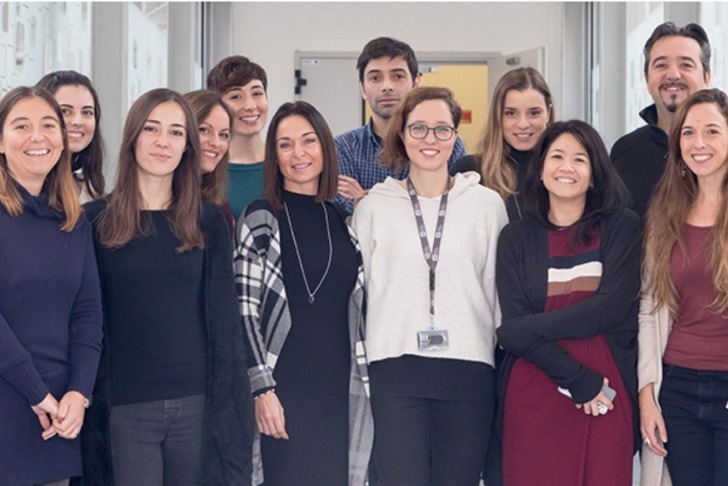The Neurobiology of miRNA team, headed by Davide De Pietri Tonelli of the Istituto Italiano di Tecnologia (IIT-Italian Institute of Technology), established a link between a family of small RNA molecules known as piRNAs and brain inflammation.

Image Credit: Italian Institute of Technology
The research sets the framework for the development of new diagnostic technologies capable of detecting neurodegenerative disorders such as Alzheimer’s and Parkinson’s at an early stage. The research was published in the journal EMBO Reports.
RNA is an essential molecule for the functioning of any living organism on Earth and is classified into numerous varieties based on its function. Among these is the Piwi-interacting RNA (piRNA), which is termed after the proteins (Piwi) with which it interacts. Its function is to control the process of cell differentiation.
piRNA molecules are found in male reproductive organs, where they help to maintain fertility. They are also found in the brain, and changes in them have been linked to the development of neurodegenerative diseases. The fundamental mechanism, which was previously unknown, was found by IIT researchers.
The majority of research has been on neurons, where piRNAs are found in trace levels. The IIT team, on the other hand, concentrated on neural stem cells, which are the precursor cells that generate neurons and where piRNAs are more prevalent.
The number of unique piRNA sequences found in neural stem cells has been estimated to be around 500,000, with some of them associated with brain inflammation, aging, and circadian rhythm modulation, which is frequently disturbed in neurodegenerative diseases.
IIT investigators inhibited piRNA synthesis and discovered that neural stem cells stopped producing new neurons, a process that takes place naturally during aging and is unrelated to the existence of these RNA molecules. As a result, the study group's findings implicate piRNAs for the first time in the maintenance of healthy cognitive function and the mitigation of aging-related brain diseases.
The piRNAs will then be further analyzed to see if they are altered in certain brain illnesses, providing the framework for novel diagnostic tools.
Our work opens new avenues for the therapeutic uses of these tiny RNA molecules for the early diagnosis of age-related brain pathologies and possibly new RNA vaccines against neurodegenerative diseases such as Alzheimer’s and Parkinson’s.”
Davide De Pietri Tonelli, Coordinator, Neurobiology of miRNA Laboratory, Istituto Italiano di Tecnologia
Source:
Journal reference:
Gasperini, C., et al. (2022) Piwil2 (Mili) sustains neurogenesis and prevents cellular senescence in the postnatal hippocampus. EMBO Reports. doi.org/10.15252/embr.202153801.